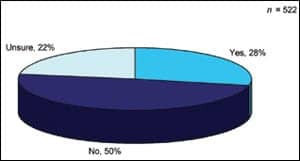Scientists from NG Chernyshevsky Saratov State University and Moscow’s National Medical Research Center for Preventive Medicine have proposed an automated algorithm for detecting different stages of sleep based on frequency-time analysis of biophysical signals recorded during night monitoring with the use of a parallel computing technology based on graphics processing units (GPUs).
The work has been presented at the XXIV Congress of the Russian Physiological Society in Saint Petersburg, Russia.
According to the authors, despite significant advances in the field of automatic algorithm development for detecting different sleep stages for medical purposes, these algorithms are rarely put into practice. The problem lies in its low level of accuracy, which is related to high variability of polysomnographic recordings and time-consuming computer analysis.
The new approach takes advantage of parallel computing with GPUs and is based on using uninterrupted wavelet transform methods. As reported by the authors, the new method has highlighted its good functionality and relatively high quality. The data has coincided with the somnologist’s marking by 81%, which is in no way inferior to earlier algorithms but significantly reduces time spent on analysis by using GPU.
The authors think that training the algorithm during the EEG of a specific patient before sleep will increase the study’s accuracy even more.
Photo 67168674 © Riopatuca | Dreamstime.com





